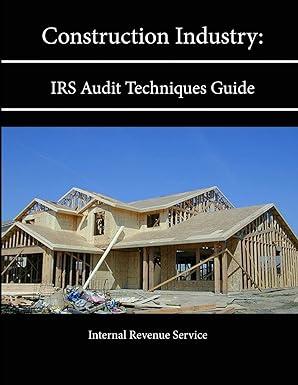Question
Sophia Dueno organized Newtown Type, Inc. in January 1999. The corporation immediately issued at $12 per share one-half of its 150,000 authorized shares of $1
Sophia Dueno organized Newtown Type, Inc. in January 1999. The corporation immediately issued at $12 per share one-half of its 150,000 authorized shares of $1 par value common stock. On January 2, 2000, the corporation sold at par value the entire 10,000 authorized shares of 10%, $100 par value, cumulative preferred stock. On January 2, 2001, the company again needed money and issued 5,000 shares of an authorized 10,000 shares of no-par, cumulative preferred stock for a total of $540,000. The no-par shares have a stated dividend of $8 per share. The company declared no dividends in 1999 and 2000. At the end of 2000, its retained earnings were $220,000. During 2001 and 2002 combined, the company earned a total of $930,000. Dividends of 60 cents per share in 2001 and $1.50 per share in 2002 were paid on the common stock. "
a. Prepare the stockholders equity section of the balance sheet at December 31, 2002. Include a supporting schedule showing your computation of retained earrings at the balance sheet date. (Hint: Income increases retained earnings, whereas dividends and net losses decrease retained earnings.)
b. Assume that on January 2, 2002, the corporation could have borrowed $1,000,000 at 10% interest on a long-term basis instead of issuing the 10,000 shares of the $100 par value cumulative preferred stock. Identify two reasons a corporation may choose to issue cumulative preferred stock rather than finance operations with long-term debt.
Step by Step Solution
There are 3 Steps involved in it
Step: 1

Get Instant Access to Expert-Tailored Solutions
See step-by-step solutions with expert insights and AI powered tools for academic success
Step: 2

Step: 3

Ace Your Homework with AI
Get the answers you need in no time with our AI-driven, step-by-step assistance
Get Started


